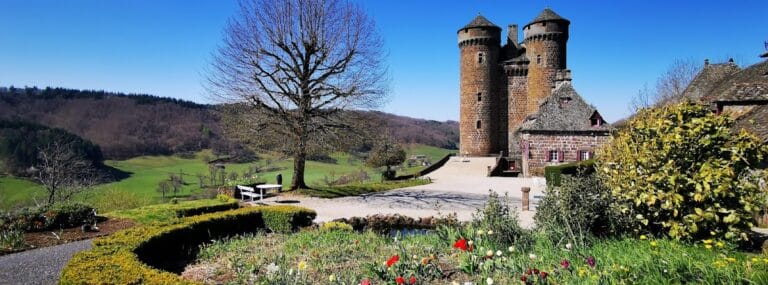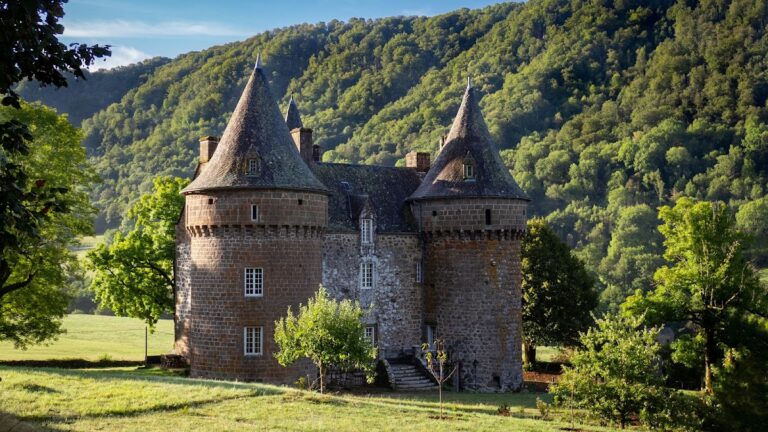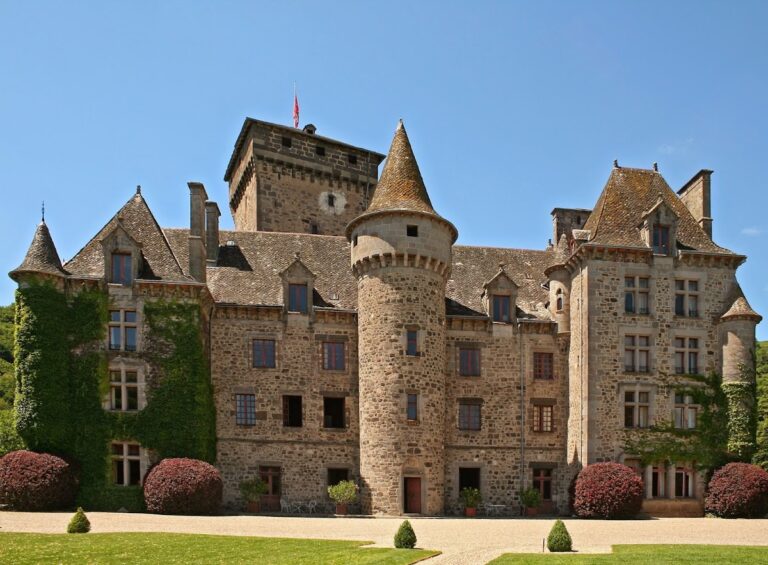Château de Saint-Chamant: A Medieval Fortress in France
Visitor Information
Google Rating: 4
Popularity: Very Low
Google Maps: View on Google Maps
Official Website: saintchamant.fr
Country: France
Civilization: Unclassified
Remains: Military
History
The Château de Saint-Chamant is situated in the commune of Saint-Chamant in modern-day France. This fortress was established during the medieval period by the European civilization that shaped the region’s feudal landscape.
The earliest portion of the château dates back to the 14th century, with the construction of a fortified donjon. This stronghold likely came under the direction of Robert de Balzac, who gained control over the seigneurie, or lordship, of Saint-Chamant in 1473. He later founded a collegiate church in the area in 1484, demonstrating both his religious patronage and social prominence. Robert de Balzac passed away in 1503 and was interred within the church he had established. The Balzac family maintained possession of the estate until the closing years of the 16th century.
In 1589, the château passed to the Robert de Lignerac family, reportedly through marriage. François Robert de Lignerac, born in 1535 and who served as a captain and royal guard, is credited with acquiring the property around 1564. During the 17th century, the Lignerac family, later elevated to dukes of Caylus, undertook significant expansions that included the construction of a substantial main residential block, known as a corps de logis. Their efforts enriched the château’s interiors and increased its prominence. However, financial difficulties led Achile Joseph Robert de Lignerac to sell the estate in 1783.
Since the late 18th century, the château has been under the stewardship of the Couderc family. François Couderc, active in the 19th century as a receiver-general of the Cantal department, also held membership in regional Masonic lodges, highlighting his role in local society. The continuity of ownership within the Couderc family has preserved the château into the present day.
Remains
The Château de Saint-Chamant occupies a commanding position overlooking a valley and views of the Cantal mountains. At its core stands the original 14th-century donjon, a defensive tower built primarily of local stone. Notably, the donjon retains a three-sided tower that includes a staircase, allowing access between levels. In contrast, the northern round tower no longer stands fully but remains visible in its foundation, having been partly dismantled and integrated into later structures.
The Lignerac family’s 17th-century additions significantly shaped the château’s current form. They built a large corps de logis, a primary residential block featuring timber paneling and a grand staircase. This part of the château also houses an important assortment of Aubusson tapestries, renowned for their detailed woven designs, along with Flemish tapestries from the same century. The estate chapel contains a 17th-century altarpiece, a notable religious artistic element from that era, reflecting the family’s continued religious devotion and refinement.
Around 1820, a smaller corps de logis was constructed using stones salvaged from the demolished round tower, showing a resourceful reuse of building materials. Further changes included a front section added in 1905, illustrating continued adaptation over the centuries. The château is bordered by terraced gardens that extend along the sloping landscape, providing an aesthetic and practical setting.
Surrounding the main building are outbuildings arranged in two wings, dating back largely to the 17th century. These structures, along with the courtyards, gardens, orchard, and vegetable garden, form a coherent historic ensemble. The preservation of these elements has been formally recognized through official historic monument protection that covers the château in its entirety, including its grounds and ancillary buildings.










